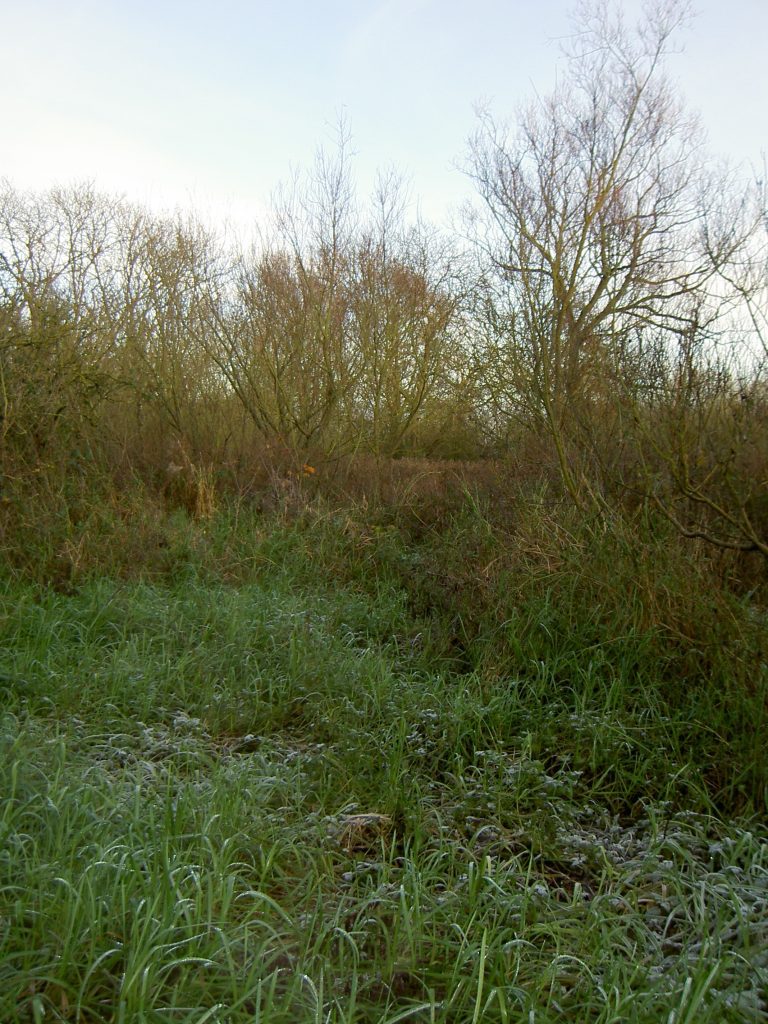
I will make this the last blog on the Holderness section of the above title and I admit to drifting off theme somewhat, although the inter-connection between geology and many aspects of landscape history remains. The above photo. shows part of Barrow Blow Wells just north of Barrow on Humber village in North Lincolnshire, this chosen because it is impossible to find any part of Holderness today where conditions prevail similar to those of prehistoric times (as is the case in most areas). The question is how would early man, that is through the aeons between hunter-gatherer society and the later Celtic cultures which, by the time of the Roman invasion, could trade in hand-tools made of iron, subdue the natural vegetation. As someone who spent last winter and most much of this year ‘taming’ a much neglected large allotment, this without power tools but with reasonably well-made hand tools, this question has a personal edge. How would Neolithic man have ‘tackled’ the sort of environment shown above – not only cleared but then got into a state in which to plant seed which would have been tended and later harvested, this, unlike an allotment which will only produce a fraction of the goods consumed, being their main means of survival.
Two factors may go some way towards an explanation. Such ‘attacks’ on the natural vegetation of Holderness would, almost certainly, have been group ventures of some sort, involving some sort of oral plan, discussion, agreement and some sort of bonding system cemented partly by common necessity. Secondly, a part may have been played by domesticated animals. I need to do my homework to check exactly which ones may have been available three-and-a-half-thousand years ago, but that apart ancestral cattle and sheep would have required closer grazing than that seen above although, swine and goats would have been more useful in this respect. It might have been that having cleared and planted a given area that these animals might have gradually ‘subdued’ the surrounding area to make it more easilly ‘tamed’ at a later date, and so was lost the natural vegetation of Holderness.